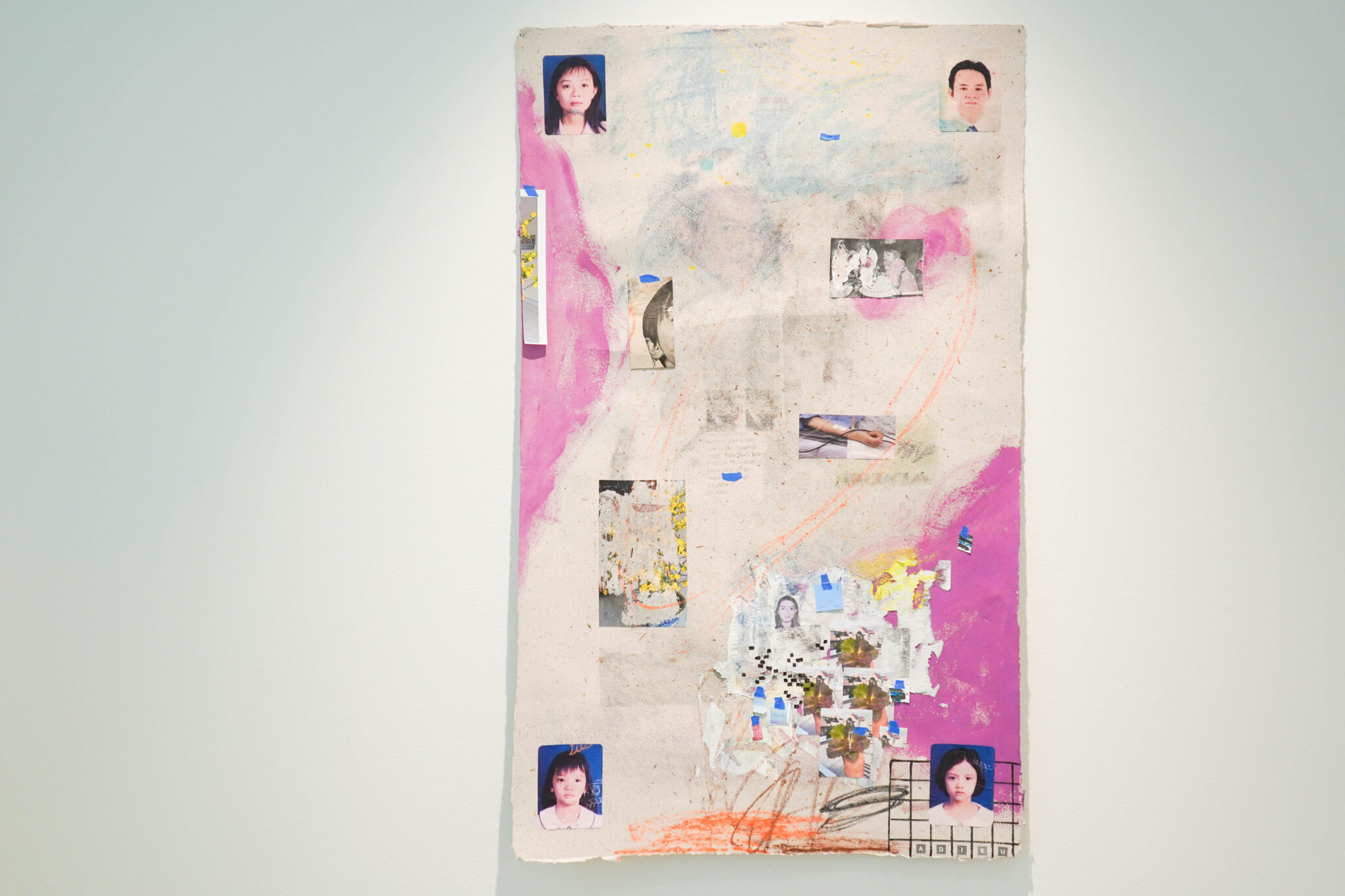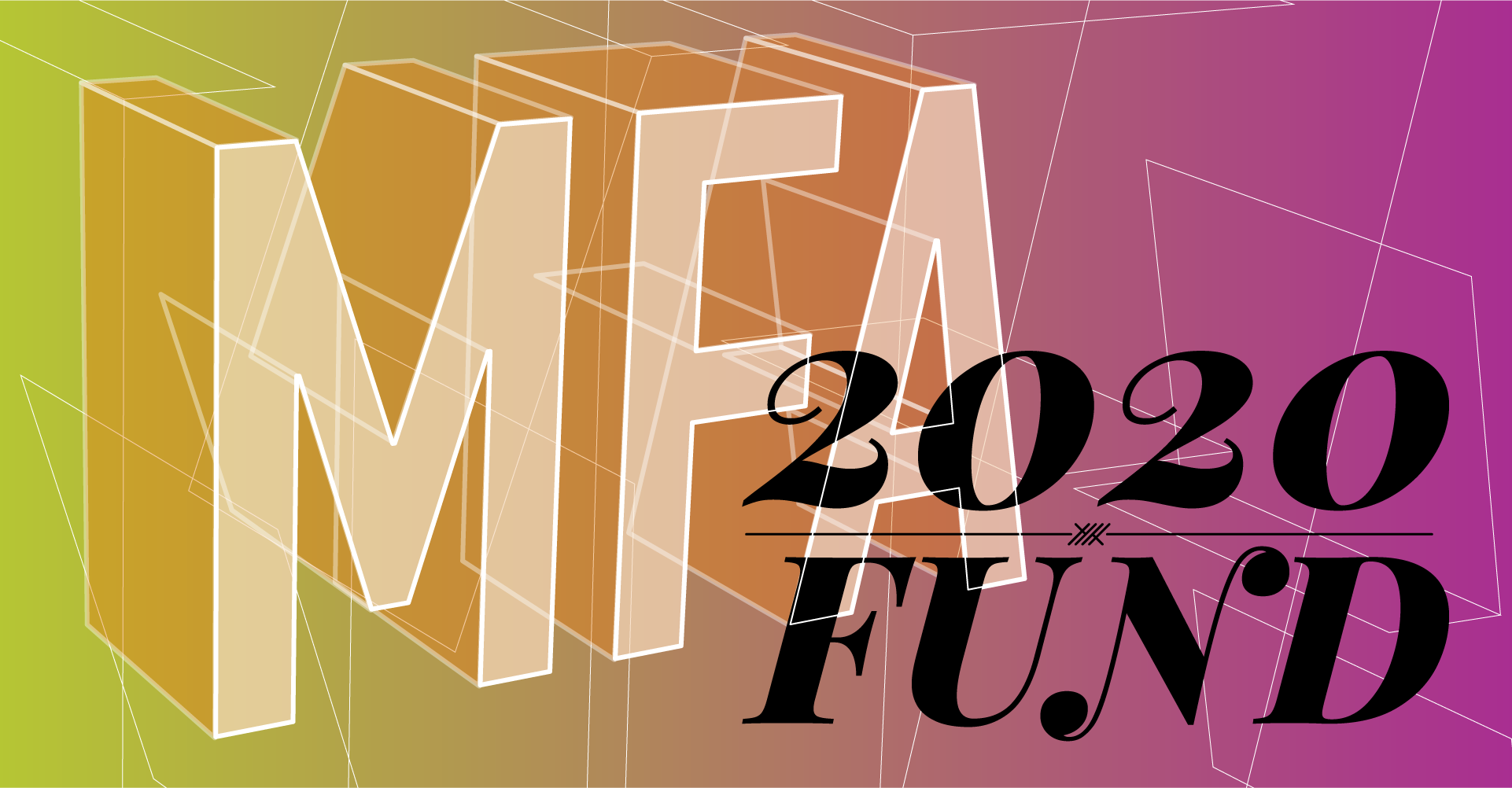Written by Rosario Parker Gordon | Photographs curtesy of Genie Hien Tran and the Rochester Art Center
The following writing is based upon an interview, conversations between myself and the artist within the past two years, and my own experiences seeing the exhibition in person.
I met Genie during my first year at the MCAD MFA program, when she was beginning her final year in the program. I was struck by the levels of intimacy in her work; she seems to constantly tiptoe the line between her private and public selves. After graduation, Tran has completed her first solo show in South East Minnesota at the Rochester Art Center, Có nắng vàng trên bàn tay nhỏ (All the light in your hand). This exhibition is sponsored by the MFA Launch Program at the Minneapolis College of Art and Design. Genie Hien Tran was selected through a jurying process led by Rochester-based writer and anthropologist Nicole Nfonoyim-Hara. It is up for viewing until October 5, 2022.
Recently, I was lucky enough to visit the Rochester Art Center and see Có nắng vàng trên bàn tay nhỏ (All the light in your hand) in person. This exhibition incorporates large-scale handmade paper that uses an intricate layering process to invite viewers into close looking. We see faces peeking out from behind and jutting in front of handwriting and layers of carefully crafted pink. The long third floor hallway-space of RAC has been transformed to be a home to five large-scale handmade paper collages. In between these large works are moments of color, and of emotion–– yellow squares, photographs, and patterns. In the back of the room there is a small stack of handmade paper for visitors to take with them, to extend the exhibition indefinitely. Blue tape repeats throughout the works. What is held up and where does the adhesive fail? There is no clear answer. Memory corrodes.
The only sure thing is that we, too, can participate; we will continue participating, by taking some of Tran’s handmade paper with us to where it collects new memories, meanings, and shapes.
The following is an interview between myself, Rosario Parker Gordon, and Genie Hien Tran on September 6, 2022. For website purposes, the interview transcript has been edited to a shorter length.
R: Let’s talk about [inviting viewers to be a part of your process]. Your work before hasn’t had this, where viewers take something from the show. Was this part of your proposal, and how do you think it has changed how the work worked?
G: I think I formed an idea of making a “take-away” piece.I thought about it during my thesis work, but at the time the idea didn’t form right there. I was also under a lot of pressure to make thesis work, so I was not going to make more just to stress me out. Then, the Rochester Show had the call and I thought “I can actually do this.” Then I started to think more about the fact that I love making paper, because it’s very meditative for me to make it. It’s also the recycling of old materials to make a new thing. Throughout the years, with me moving to different places, I have this box of all the old letters that people wrote me. Some of them are the people that are still in my life, some of them are people who are not in my life anymore, either physically or whatever.I just thought of the idea of what if I combined these letters with my art materials and, make new love letters essentially, “I will make new letters for you”, as a way to use whatever emotions or memories I have with these people to, kind of, be generous to myself and allow myself to move on, and not just carry this box with me forever, everywhere I go.”
R: Yeah, that makes a ton of sense, and also makes me think about your bigger scale works differently. This also answers a question I had about the finite nature of the materials you use, and how you use a lot of photographs and the letters and stuff that won’t be repeated again. My question was going to be what do you do when these things run out or when you don’t have more of them, but I guess you use them…-
G: The age old question! I am terrified! I did talk to my mentor about “what if I run out of images what am I gonna do!” He responded “you’re not gonna run out, you’ll be fine”. In a way, it’s kinda funny.I think of it as my work has this circular process, the old things become a new thing again, and it’s continuous. So, I don’t view any of my projects as necessarily “finished” work, it’s kind of unfinished and it keeps going on. f I use the same image and use it in a different way, there’s always the same image as the base for the next project.Essentially, it’s just that you [the viewer] don’t see it if they’re made into a paper, so they’re still there but they’re not there. I’m cool, I’m fine with images being repeated, and I think there’s something nice aboutrepeating old images in different projects because I can see them as different chapters of things I want to explore. With this project I use the same images but I want to explore this and then in this new project, it’s a different chapter on a different thing I want to explore, but I’m using the same materials that I have.
R: You said you had 50% of the work finished for this show and 50% was proposed, do you feel what you made turned out differently than what you had proposed?
G: Let me think…I think that some of it definitely turned out a lot different. At first I wanted to paint everything yellow in the space, and you’ve seen the space, there’s so many select spaces painted yellow. The reason why I didn’t paint EVERYTHING yellow was a technical difficulty. Those walls are a lot larger and I wasn’t the person installing the work. They have an installation team and there wasn’t enough time and enough people to do that kind of labor.I was able to just shift it around and work around it. I think at the end the spot colors actually worked out better for me. I appreciate process-based work in that way. I think in the end what had actually happened was way more than I expected it to be.I think most of the things that I planned for the show didn’t actually come to be. One of the most difficult things was recycling the old letters. I could only do so much of it before I got too sad to let some of them go.In this process of recycling paper, I sit there and I read. I have to re-read all of these letters again, basically. Even thoughI don’t care about some of these people anymore, they’re still people who were with me at this point in my life and was important to me at some point.I think that part of it is what makes it hard to let go. At least, in that way, that process was more challenging than what I thought it was going to be, so I ended up making less of those sheets than what I wanted to.
R: Do you think you’ll do the rest of the letters ever?
G: Probably not, or maybe twenty years from now?I think at the end of the day a lot of my personal things have become art, that its like the personal and the art blend together. I lose that boundary between “oh where is it that me as a person ends and me as an artist begins?” So, when I was reading these letters I knew I would like to keep some of these for myself, because this is me as a person that wants this and not Genie-as-an-artist wants to make this whatever thing. At that point it was helpful to keep some of those with me. Who knows if I might make something with them in the future or its just nice to keep them in my house.
R: What is a takeaway that you want people to have about this show?
G: Hmmm……I was about to say some CHEESY stuff haha. Most artists, including me, want to make work that makes people feel something. When I make work about my family, I want you to think of your family, regardless of what that relationship may look like.The fun part about collage work, to me, is that there are so many little details you can take as your own. I use both personal images to very political stuff. To you, you’re looking at a peace treaty agreement, you think of the Vietnam War, you think of the relationship between Vietnam and America and what that looks like. I think that’s also a takeaway. I hope that there is something for everyone, regardless that people have experience with the art or not,…
There’s this one Vietnamese person that came to the artist talk. He wasn’t an artist, but he came because he saw the name of my show and he was like “I can read that!”, Which was really, really sweet. He showed up, and he was like “I don’t know anything about art, but I listened to you talk and you know it was really nice to see Asain people making, to see Asain faces.” And you know, I think that was enough of a tender moment for me, for a takeaway.
R: Wow, yeah, thanks Genie.
Genie Hien Tran (Trần Phan Minh Hiền) is a visual artist from Ho Chi Minh City, Vietnam and currently based in Minneapolis, MN. Her work takes the form of installation, collage, poetry and design in order to explore the concepts of home, belonging and identity. She has exhibited at Rochester Art Center, MCAD Gallery 148, Suitcase Gallery, Pablo Center at the Confluence, Foster Gallery, Cherry House Art Fest and is published at Volume One Magazine, Leader-Telegram, Twas zine, TWIG Magazine, and UWEC Flipside Publication. She received her MFA in Visual Arts at Minneapolis College of Art and Design in 2022 and BFA in Illustration at University of Wisconsin-Eau Claire in 2018.
Her solo show, Có nắng vàng trên bàn tay nhỏ (All the light in your hand) will be on view at the Rochester Art Center until October 5, 2022.








